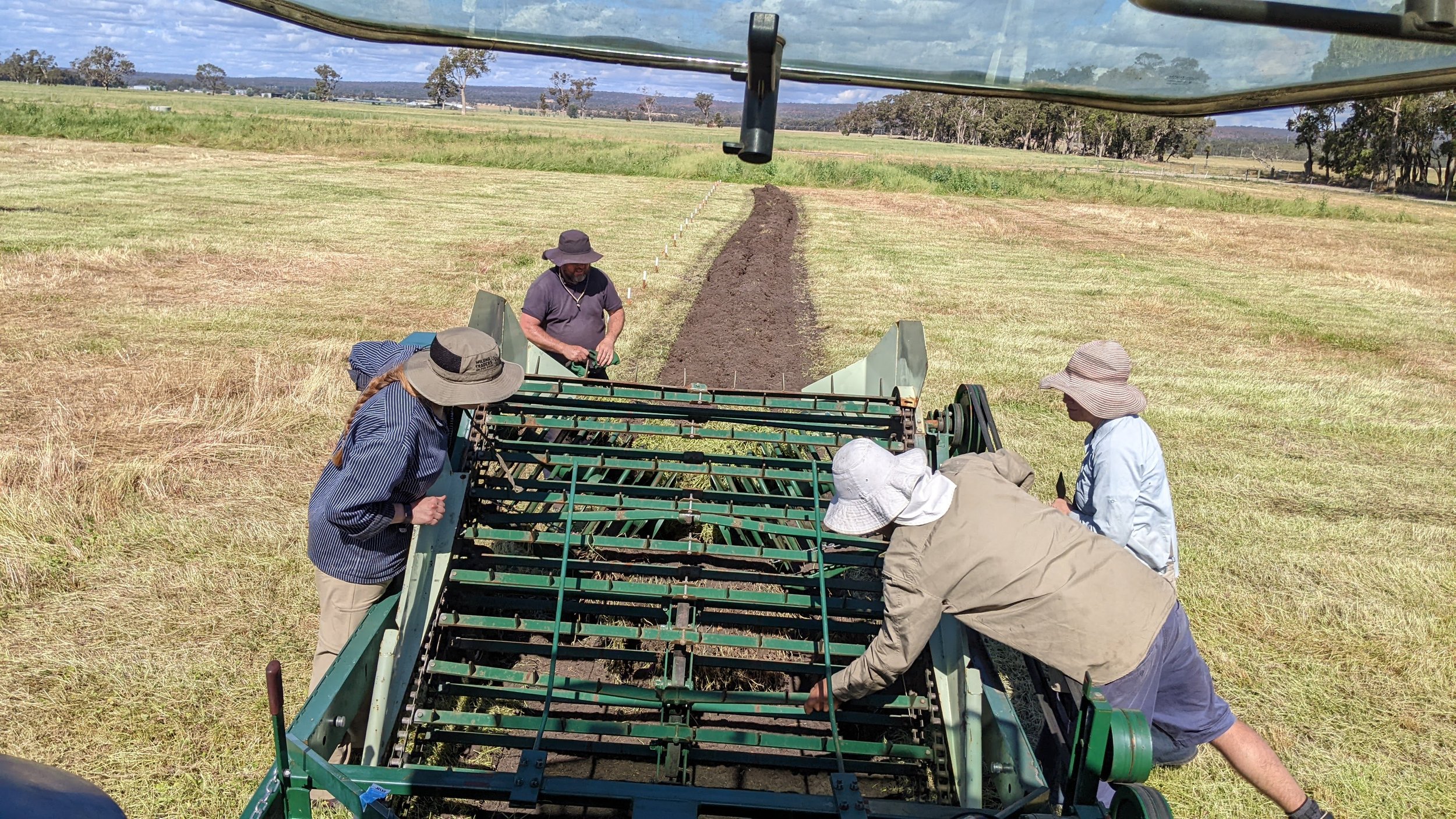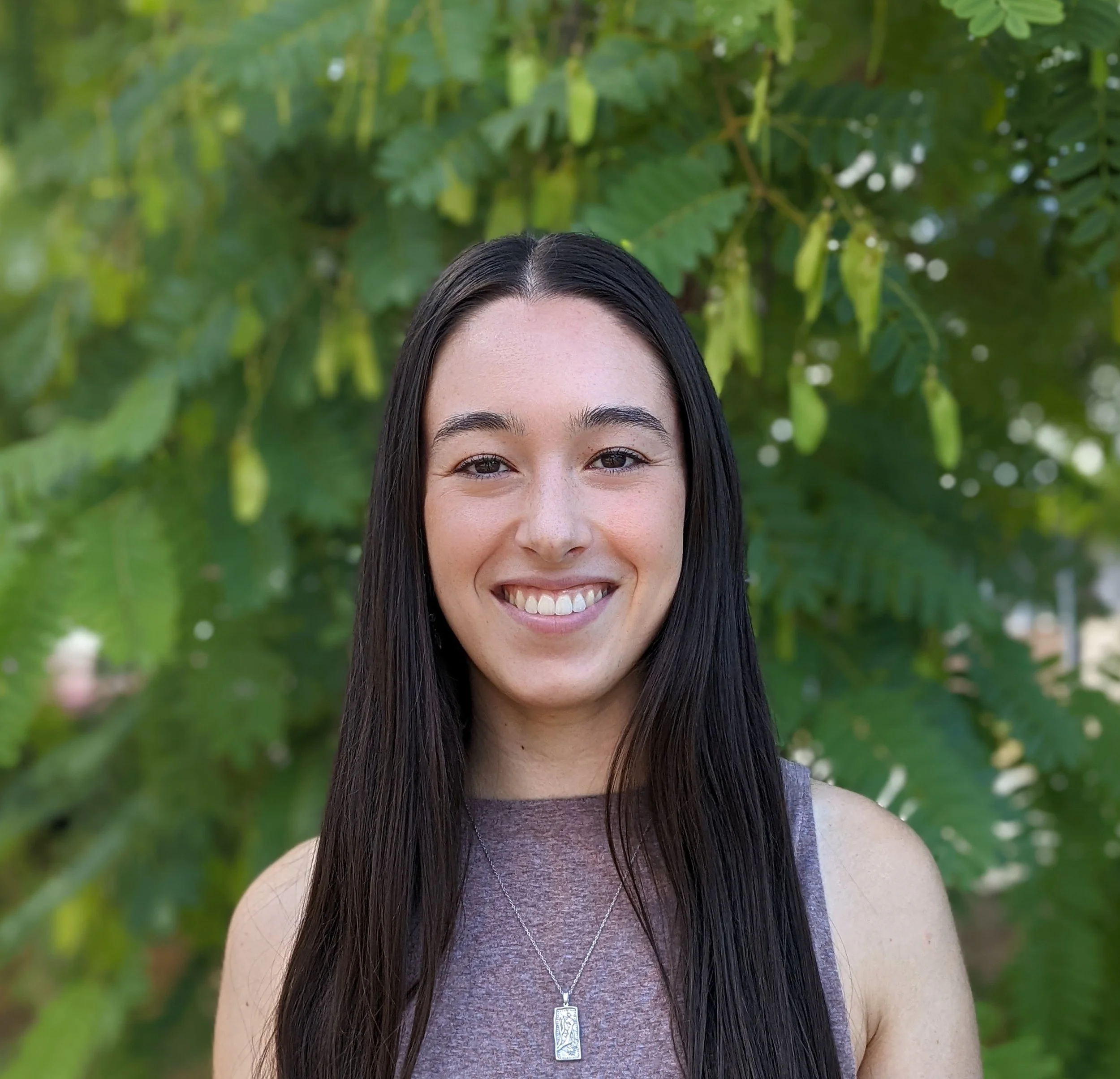
Building New Technologies for Sustainable and Profitable Sub Clover Seed Harvesting




WHAT’S THE PROBLEM?
Subterranean clover (or sub clover) is the world’s most widely grown annual pasture legume and is particularly important in southern Australia, where it is considered the backbone of sheep and beef pastures. Australia is the world’s largest producer and exporter of sub clover seed, but its global supply is threatened by challenges facing the seed production industry. The Horwood Bagshaw (HB) suction harvester, currently used to harvest sub clover seed, is based on 1950’s technology. HBs have not been manufactured in over 30 years and many in operation are over 50 years old. While effective at collecting and cleaning seed, HBs are slow, labour intensive and generate soil erosion and degradation. Due to the relatively small size of the industry, manufacturers are not incentivised to develop new technologies. Overcoming the economic, environmental and social pressures facing the seed production industry requires new seed harvesting solutions and the development of new technologies to ensure the future supply of sub clover seed.
WHAT’S OUR SOLUTION?
This project aims to build and test new technologies that can be adopted for the sustainable and profitable harvesting of sub clover seed. This follow-on AgriFutures project builds upon the extensive knowledge base and relationships developed through the predecessor “Profitable and Environmentally Sustainable Sub Clover and Medic Seed Harvesting” project. The research team, comprising skills in agricultural engineering, pasture agronomy and plant physiology, is working with a range of leading seed growers and pasture seed companies in WA, SA, NSW and Vic to address seed production issues. The project will leverage technologies from other industries to develop farm-ready solutions that can increase seed harvesting efficiency and reduce negative environmental impacts.
KEY TERMS
-
Subterranean Clover (Trifolium subterraneum L.) is native to the Mediterranean Basin, West Asia and the Atlantic coast of Western Europe, but has been introduced to numerous countries around the world including Australia, New Zealand, South Africa, Chile, Argentina and the USA. In Australia, sub clover is the most important and widely grown annual pasture legume and has been sown over 29 million ha. Sub clover derives its name (subterranean) from its peculiar habit of burying its seed; this trait creates challenges for seed harvesting, but makes subclover highly successful in rotational farming systems. Subclover provides nutritious animal feed during a pasture phase, while also fixing nitrogen to naturally fertilise the soil for subsequent cropping phases. This has made agricultural use of subclover highly compatible with sustainable intensification systems, which seek to produce more food with less impact.
-
Sub clover seed is buried below the soil and is typically collected with suction harvest machinery. Analogous to giant vacuum cleaners, these machines harvest seed by sucking it off of the ground. This approach is slow and can disturb the soil resulting in subsequent erosion. It also relies on outdated technology, primarily utilising machinery that has been out of production for over 30 years.
UN GOALS
CEI:AgER PROJECT TEAM
PROJECT PARTNERS
MR BRAD WINTLE
Senior Research Officer
DR ANN HAMBLIN
Senior Research Fellow
A/PROF PHIL NICHOLS
Senior Research Fellow
A/PROF ANDREW GUZZOMI
Project Co-Lead
PROF MEGAN RYAN
Project Co-Lead
MS RUBY WIESE
PhD Candidate
MS YVONNE ZAGO
Research Officer
DR WESLEY MOSS
Research Fellow














